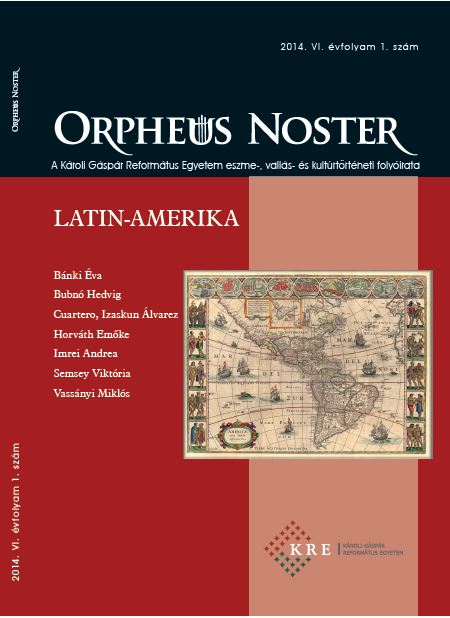A Karib-térség fogalmának értelmezési kísérletei
Defining the Caribbean
Author(s): Emőke HorváthSubject(s): History, Geography, Regional studies, Historical Geography, Modern Age
Published by: Károli Gáspár Református Egyetem
Keywords: Caribbean; interpretations of Caribbean; Central America;
Summary/Abstract: In the past fifteen years researchers have reinterpreted the notion of the Caribbean, and this paper focuses on the analyses of the transformation. The oldest concept related to the topic concentrated on the chain of islands from Florida to Venezuela. The historical synonyms of the Caribbean islands were Antilles and West Indies. The common features of the region, the sugar plantations cultivated by forced labour of the slaves, were extended to Belize, Guiana (British Guiana) and Suriname (Dutch Guiana), although their territory belonged to the Mainland of Central America and South America. The third interpretation concentrates on the geopolitical approach and includes, besides the historical definition the countries, the mainland of Central America (Guatemala, Honduras, El Salvador, Nicaragua, Costa Rica, Panama). The political and economical urge of the last century transformed the concept, which has embraced a wider definition, Cuenca del Caribe or the Caribbean Basin, the most common use today relating to the chain of the islands, the countries of mainland Central America, Guiana, Suriname, Mexico, Columbia and Venezuela. Finally, the author attempts to create her own interpretation.
Journal: Orpheus Noster. A KRE Eszme-, Kultúr-, és Vallástörténeti Folyóirata
- Issue Year: VI/2014
- Issue No: 1
- Page Range: 23-35
- Page Count: 13
- Language: Hungarian

